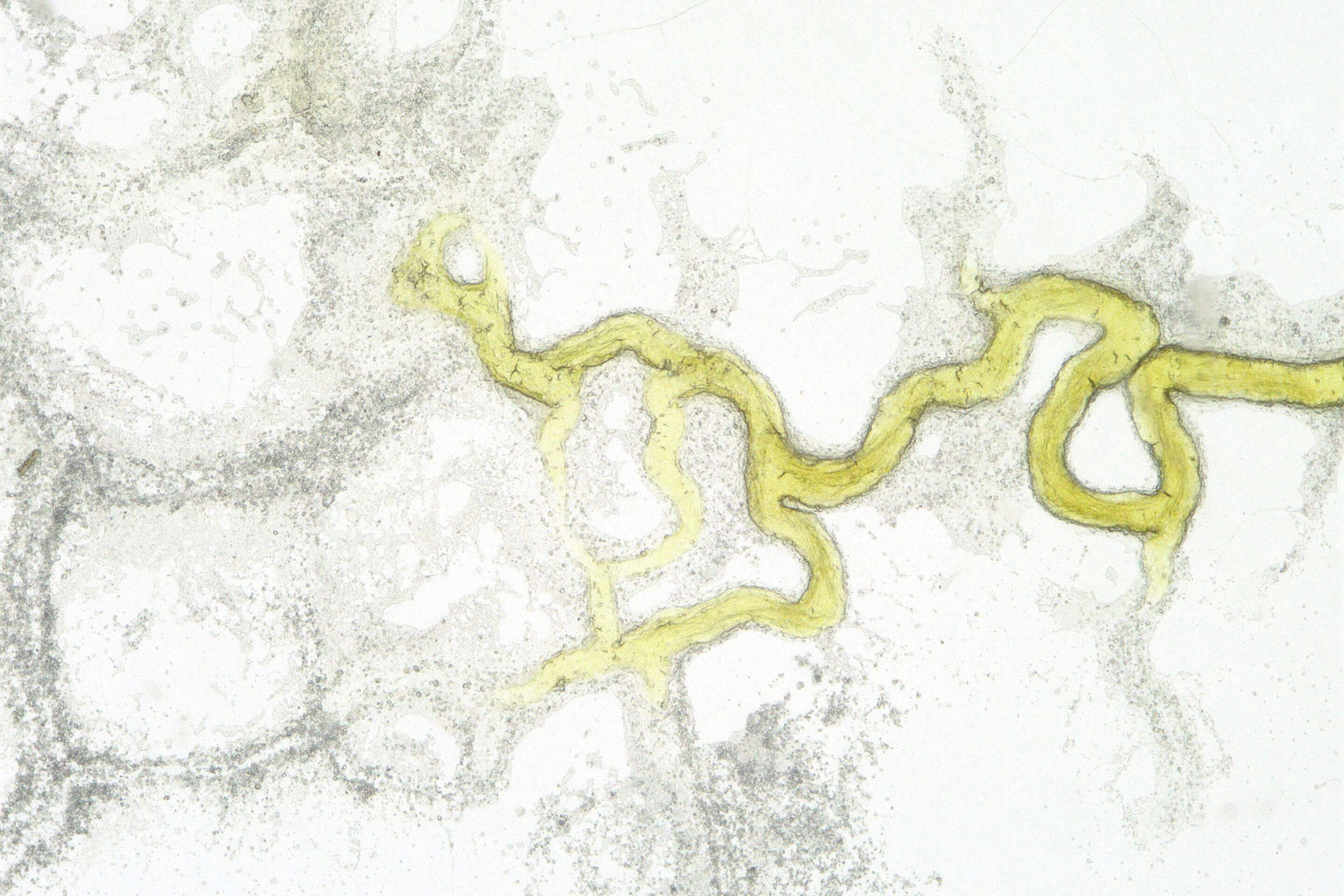Architecture after Architecture – Spatial Practice in the Face of Climate Breakdown

What happens to architecture after the climate emergency undoes its foundational assumptions of growth, extraction, and progress?
Living with the climate emergency demands systemic change across economic, behavioural, and social structures, with profound implications for approaches to the built environment and spatial production. Architecture after Architecture examines how spatial practices might respond to such challenges, going beyond technical fixes, by addressing the cultural and socioeconomic factors that influence how we make, occupy, and share space.
Project aims and approach
Architecture after Architecture engages in speculative and imaginative forms of thinking to develop critical distance from anthropocentric and extractivist understandings of land use, and linear models of time based on ideals of progress and economic growth. The project's aim is to develop scenarios for future practice that respond to the climate emergency, in fields of architecture, planning, geography, and policy. It will use innovative research methods including scenario-building workshops with multi-disciplinary groups, as well as compiling an open-access international database of practitioners responding to challenges posed by the climate emergency.
Project Team
Architecture after Architecture is led by a German-UK team of architects and academics based at the Technische Universität Braunschweig (Tatjana Schneider, Christina Serifi, Sarah Bovelett, Julius Grambow) and Central Saint Martins (University of the Arts London: Jeremy Till, Anthony Powis, Becca Voelcker). We are collaborating with economists, sociologists, designers, artists, writers, and journalists internationally. The project is funded by the German Research Foundation (DFG) and the UK based Arts and Humanities Research Council (AHRC).
Advisory Board
The project team is supported by an international Advisory Board including Durganand Balsavar (Saveetha College of Architecture and Design), Kadambari Baxi (Columbia University); Ana María Durán Calisto (Estudio A0); Momoyo Kaijima (Atelier Bow-Wow); Andong Lu (Nanjing University) and Stephanie Wakefield (LifeUniversity).